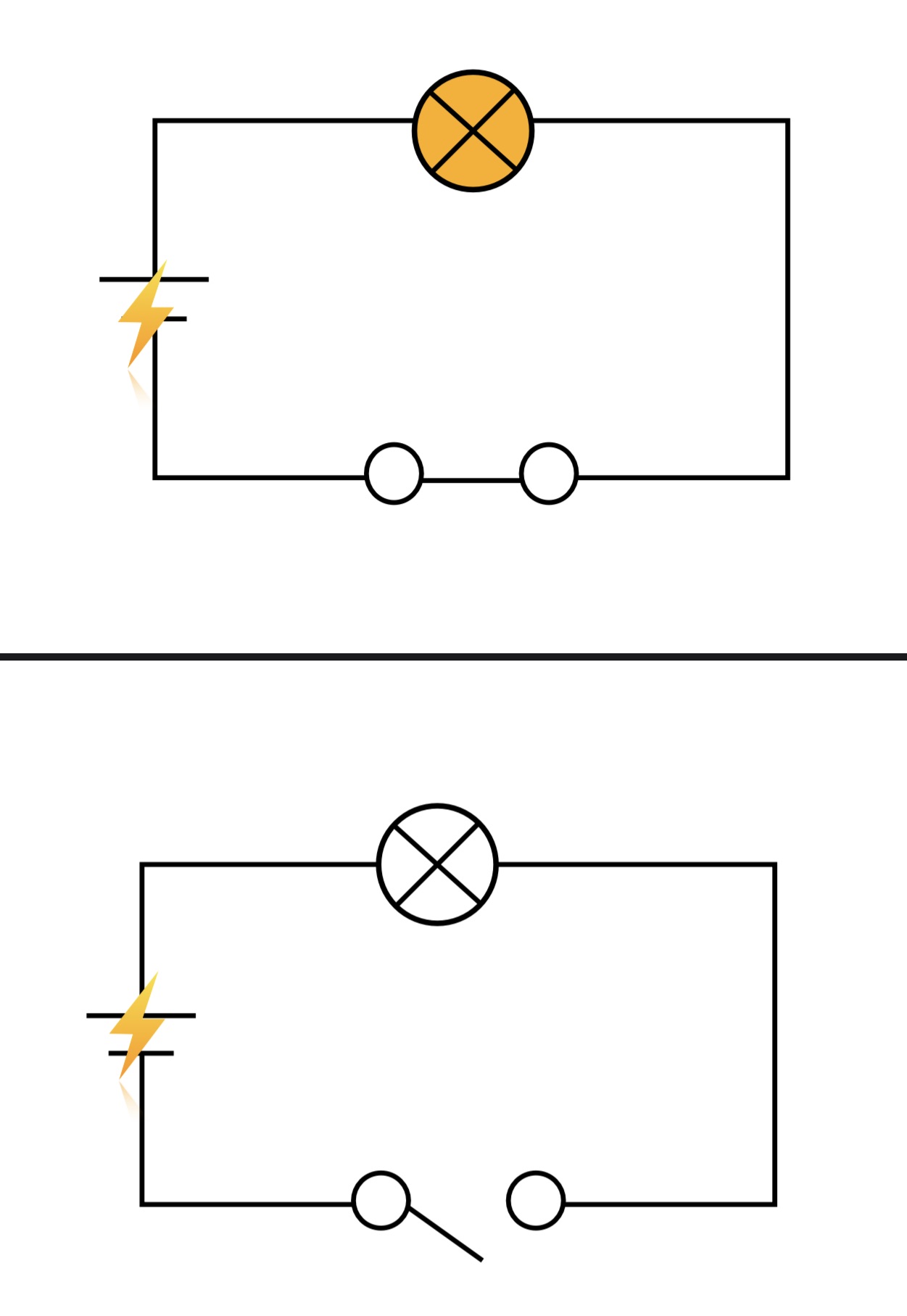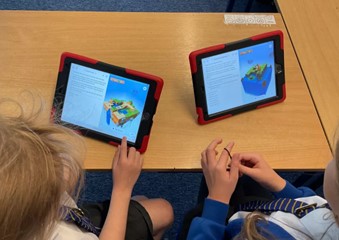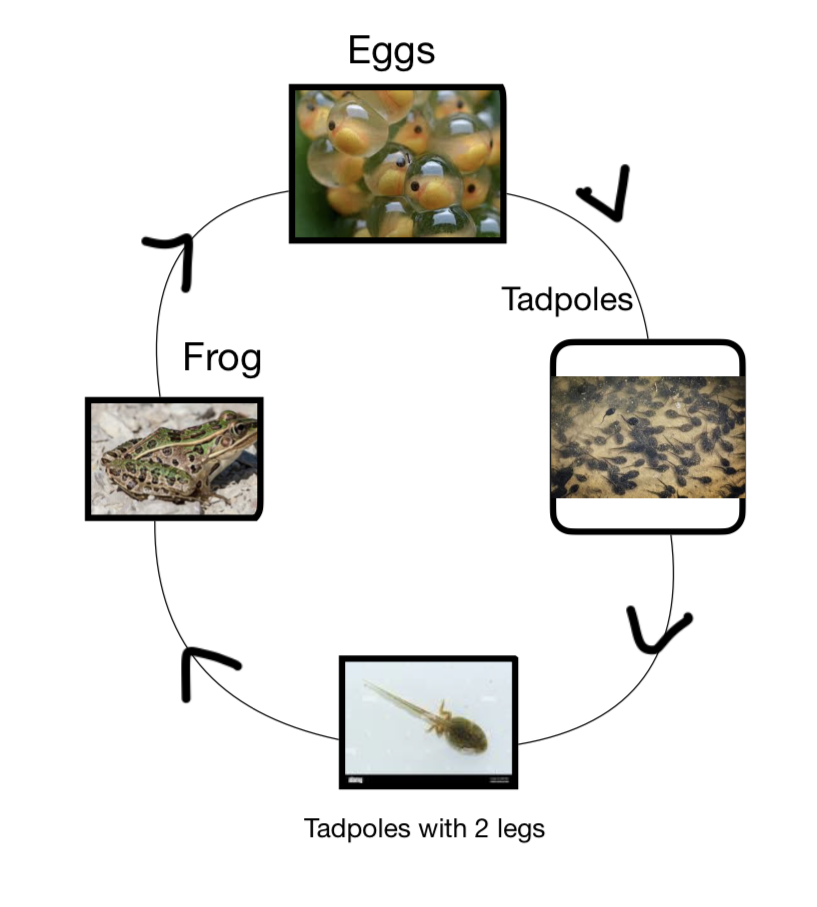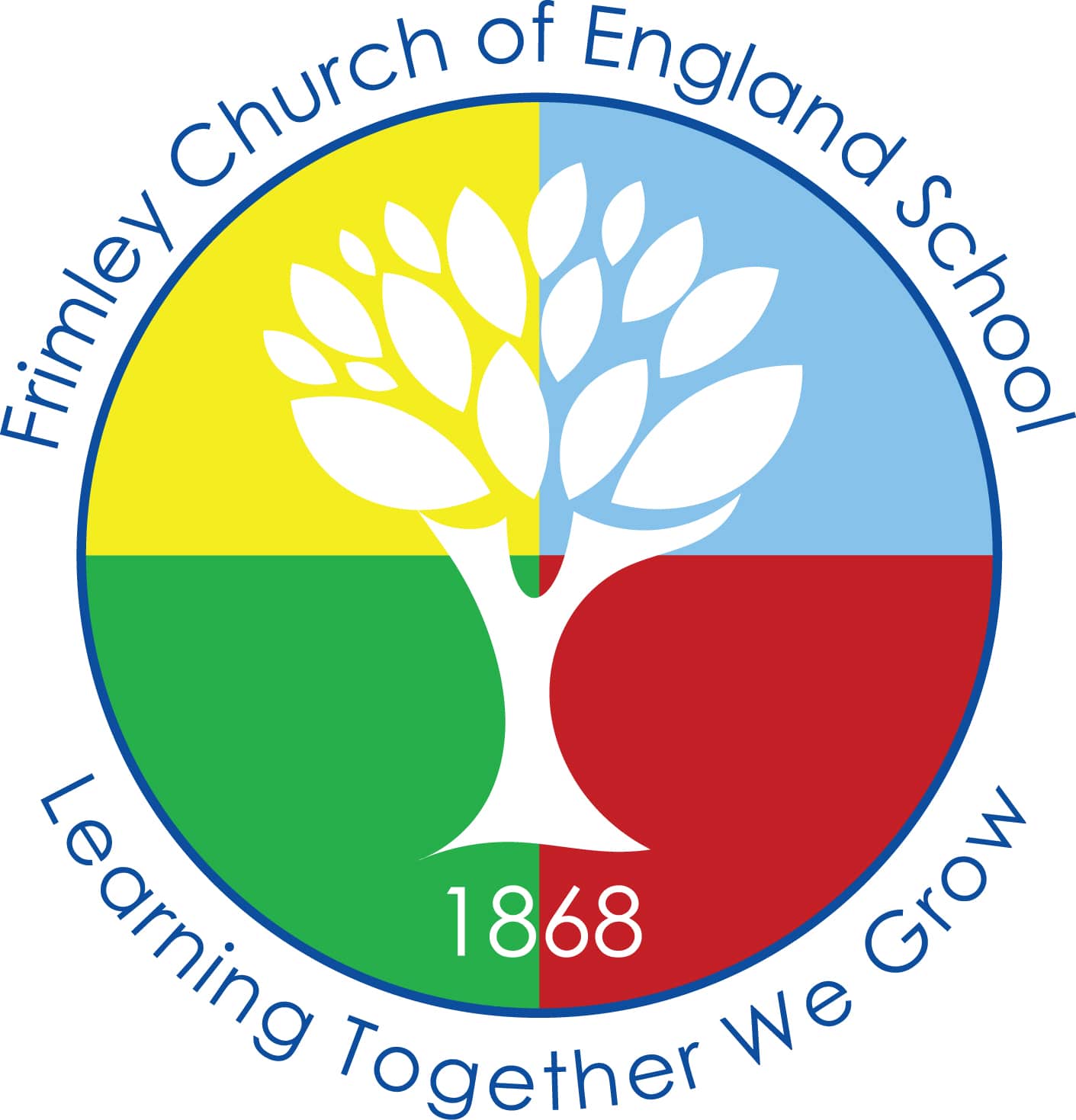Computing
Computing is a subject which gives us an insight into how digital systems work and are applicable to the world around us.
Leader: Jess Mills
Intent
At Frimley, teaching and learning in computing aims to instil a sense of enjoyment around using technology and to develop pupils’ appreciation of its capabilities and the opportunities technology offers to create, manage, organise and collaborate. We want to develop pupils’ confidence when encountering new technology as this is a vital skill in the ever evolving and changing landscape of technology. Through our curriculum, we intend for pupils not only to be digitally competent and have a range of transferable skills at a suitable level for the future workplace but also to be responsible online citizens.
Our computing curriculum enables pupils to meet the end of Key Stage Attainment targets outlined in the National Curriculum and associated areas of learning in subjects such as PSHE. It also satisfies all of the objectives of the DfE’s Education for a Connected World framework. The use of technology is also planned across different areas of the curriculum, where appropriate, to enhance learning experiences and to provide opportunities for pupils to creatively present their work. The computing curriculum aims to help equip children for life in the digital world, including developing their understanding of appropriate online behaviour, copyright issues, being discerning consumers of online information and healthy use of technology.


Implementation
- We use a mastery-based curriculum that is progressive and broken into modules.
- Teachers deploy the Rosenshine principles to support the teaching and learning process: reviews of previous learning, new information is presented in small steps, high-level questioning, carefully considered models, guided practice, checks for pupil understanding, obtainment of a high success rate, scaffolds for difficult tasks, opportunities for independent practice and reviews of learning over extended periods.
- Our computing curriculum is designed with three strands that run throughout: computer science, information technology and digital literacy. The units taught incorporate these three strands whilst skills develop year on year so that attainment targets are securely met by the end of Key Stage 2.
- The curriculum is organised into five key areas, creating a cyclical route through which pupils can develop their computing knowledge and skills by revisiting and building on previous learning. The five areas are computing systems and networks, programming, creating media, data handling and online safety.
- Skills showcase units provide pupils with the opportunity to learn and apply transferrable skills.
- Where meaningful, units link to other subjects such as science, art and music to enable the development of further transferable skills and cross-curricular learning.
- Lessons incorporate a range of teaching strategies from independent tasks, paired and group work as well as unplugged and digital activities – this variety means that lessons are engaging and appeal to those with a variety of learning skills.
- Teaching and learning is adaptive to ensure lessons are accessible for all pupils and to provide opportunities to stretch pupils’ learning.
- Knowledge organisers for each unit support pupils in building a foundation of factual knowledge by encouraging recall of key facts and vocabulary.
- At Frimley, we have 90 pupil iPads to support computing provision. The use of Showbie enables all children to save their work on their iPad and allows teachers to monitor outcomes.
- End of unit assessments are used to assess the children’s understanding of crucial content; this informs future teaching and areas of focus for retrieval.
- Computing lessons are taught by a combination of class teachers and teachers delivering PPA lessons.
- Online safety is delivered in the form of worship, once a week. This is planned by the computing lead and content is progressive.
- The safe use of technology is monitored by teachers in all lessons where iPads are used through Apple Classroom and the Designated Online Safeguard Lead continuously monitors use.
- Parent workshops are provided to guide and advise parents on how to best support children to use technology sensibly and safely.
- Online safety letters and advise is regularly shared with parents.
- Pupils can apply to be Digital Leaders – selected children have the opportunity to attend additional sessions and an afterschool club to further develop their computing skills.
- Links to careers in computing are made to show how children’s learning links to the wider world of work.
- As well as learning walks to observe teaching and learning, the Book Study approach is used to monitor the effectiveness of the computing curriculum, teaching and learning, to identify strengths and areas for development in provision and to garner pupil voice.

Impact
Children will:
- Leave Frimley equipped with a range of skills to enable them to succeed in their secondary education and be active participants in the ever-increasing digital world.
- Be critical thinkers and able to understand how to make informed and appropriate digital choices in the future.
- Understand the importance that computing will have going forward in both their educational and working life and in their social and personal futures.
- Understand how to balance time spent on technology and time spent away from it in a healthy and appropriate manner.
- Understand that technology helps to showcase their ideas and creativity. They will know that different types of software and hardware can help them achieve a broad variety of artistic and practical aims.
- Show a clear progression of technical skills across all areas of the National curriculum – computer science, information technology and digital literacy.
- Be able to use technology both individually and as part of a collaborative team.
- Be aware of online safety issues and protocols and be able to deal with any problems, worries and concerns in a responsible and appropriate manner.
- Have an awareness of developments in technology and have an idea of how current technologies work and relate to one another.
- Demonstrate a secure understanding of a unit’s crucial learning and skills and knowledge in the end of unit assessment.
- Understand how their learning in computing links to the wider world of work.
- Meet the end of key stage 2 expectations outlined in the National curriculum for computing.
